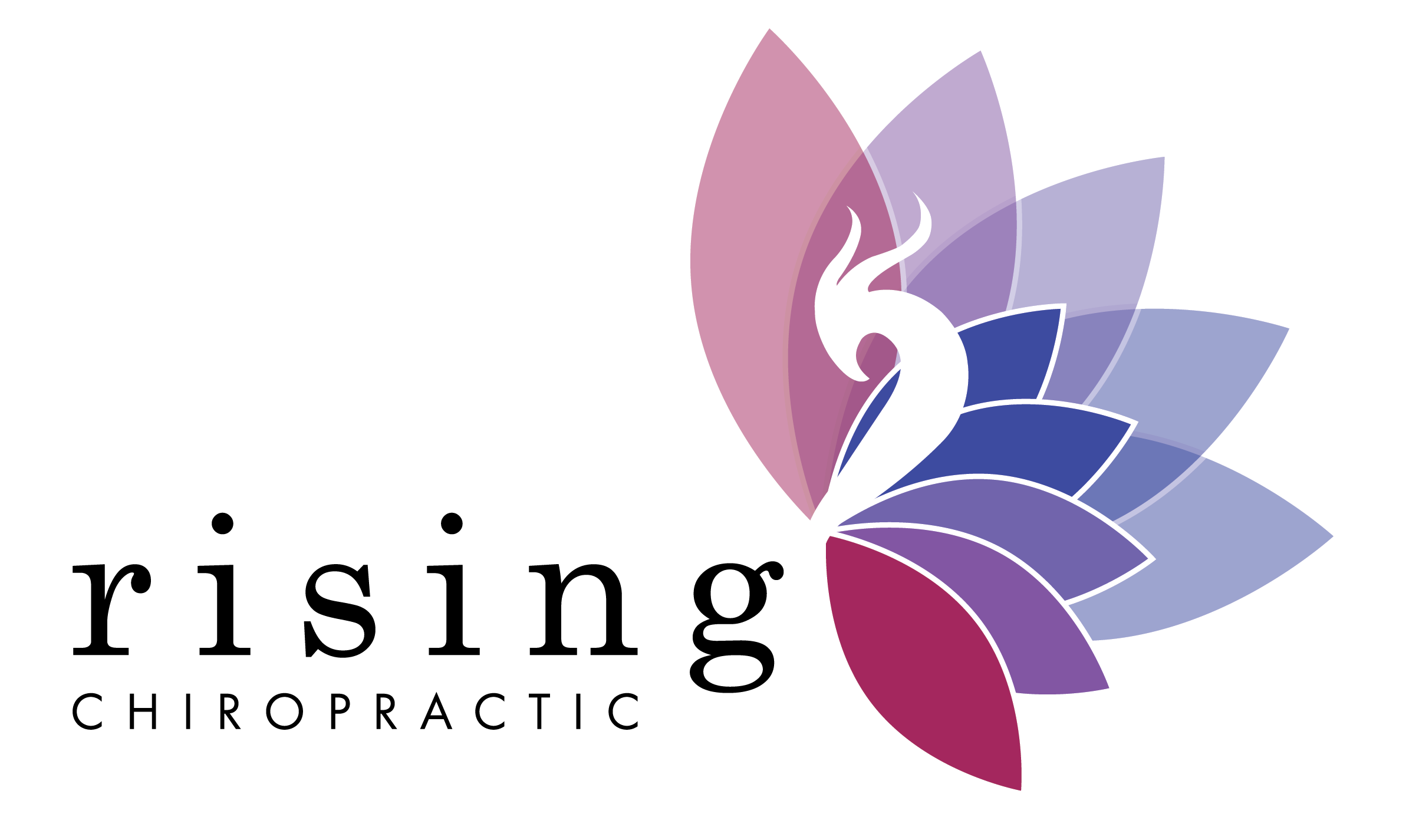Designed & Boosted by My Social State
MIGRAINE AND THE BENEFITS OF CHIROPRACTIC
You are laying in your bed in severe, throbbing pain in your head. It’s not a typical headache. It’s more than that. Sometimes it feels like an icepick or drilling. Sometimes, you just can’t move. You’ve been nauseous for hours, unable to rest or sleep. You can’t stand sound or light, and the smell of family dinner down the hall is making your nausea worse. You’ve been here for two days, now. A few days ago, you were feeling more irritable than usual, had trouble concentrating and felt more fatigued. It was hard to concentrate and read, and your words just weren’t coming out right. You noticed depression setting in, and that is so much worse now that you’ve been stuck in this bed. Once the crazy lights and other visual disturbances started, you knew where you are right now was only a matter of time. Once this part of the nightmare ends, you will be exhausted for days.
Does this sound familiar to you? Are you one of the approximately 37 million people who suffer with migraines? If so, then you know all too well that a migraine isn’t a severe headache. It is a neurological condition that is thought to be caused by a constriction of microscopic blood vessels in the head that supply nerves with oxygenated blood. Experts also believe that changes in the brain or brainstem affect nerve function or chemicals in the brain that regulate pain. Whatever the cause, migraine affects one in four households and costs more than $20 million each year due to direct medical expenses and lost productivity.
The medical approach to migraines is, unfortunately, not curative. It is focused on early management of symptoms as they arise. Medications are the mainstay approach to treatment, but their effectiveness is often limited and can cause several side effects, such as diarrhea, nausea, weight gain, dizziness, memory difficulties, constipation, dry mouth, and fainting spells. There are other approaches to managing migraines, such as acupuncture, biofeedback, meditation, and supplements. Yet, these are also limited to managing symptoms and the increasing the time between attacks.
Principled chiropractic care is the only approach aimed at addressing the root cause of the migraine and preventing future attacks. The constriction in blood vessels is often due to subluxations (misalignments) in the upper cervical region of the spine. The lack of blood flow decreases nerve activity and can cause the nerve to elicit a pain response and produce other neurological symptoms. Through gentle, specific, and scientific adjustments, Dr. Druckenmiller helps the body reduce subluxation, thereby re-establishing proper spinal motion. This encourages the removal of cellular waste and proper blood flow in those microscopic blood vessels. Through regular adjustments, proper nerve communication and balance is restored.
In a study on 127 people suffering with migraines, those receiving chiropractic adjustments reported considerable improvement in migraine frequency, duration, disability, and medication use. One in five reported a 90% reduction in migraines and have reported substantial improvement in severity.
Because chiropractic does not add to or take anything away from the body, it is the most conservative and natural approach to addressing your body’s health and function. Wouldn’t it be incredible to live free of debilitating migraines and not have to worry about poor quality of life, medication schedules, and side effects?
To learn more about how principled chiropractic care can help free you of migraines and improve your overall quality of life, schedule a New Practice Member appointment today!
REFERENCES
- Migraine Resources & Support. American Migraine Foundation. https://americanmigrainefoundation.org/. Accessed February 15, 2020.
- Migraine. Mayo Clinic. https://www.mayoclinic.org/diseases-conditions/migraine-headache/symptoms-causes/syc-20360201. Published January 16, 2020. Accessed February 15, 2020.
- Tuchin PJ, Pollard H, Bonello R. A randomized controlled trial of chiropractic spinal manipulative therapy for migraine. Journal of Manipulative and Physiological Therapeutics. 2000;23(2):91-95. doi:10.1016/s0161-4754(00)90073-3.
Info@risingchiropracticevans.com
PHONE
(706) 524-8077
ADDRESS
625 Ponder Place Drive #2
Evans, GA 30809

HOURS
Monday:
9:00 AM - 11:00 AM
3:00 PM - 6:00 PM
Tuesday:
2:00 PM - 6:00 PM
Wednesday:
9:00 AM - 11:00 AM
3:00 PM - 6:00 PM
Thursday:
2:00 PM - 6:00 PM
Fri, Sat, Sun: CLOSED


Very helpful and informative. Thank for sharing this post.